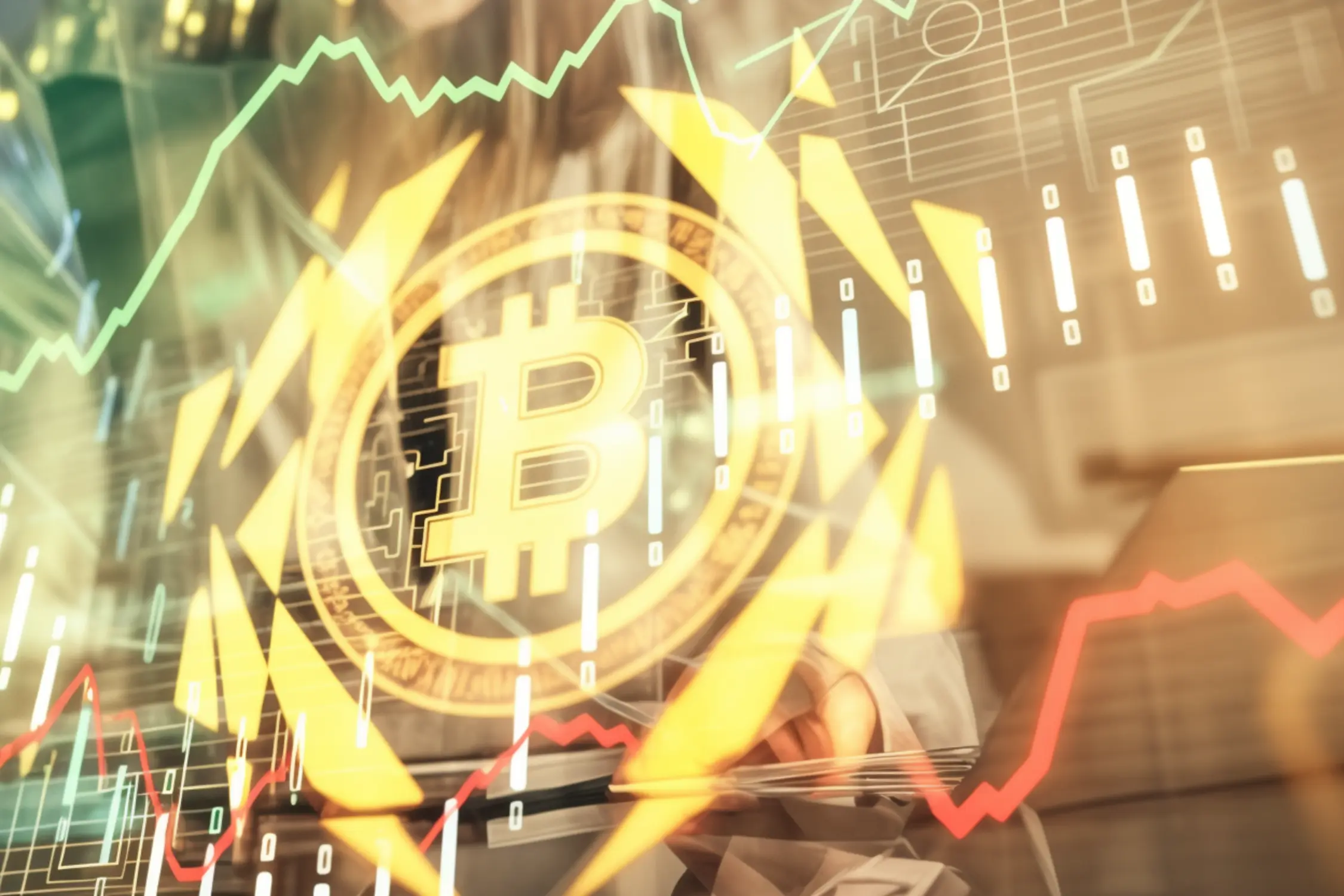Why Digital Assets Are About to Change Everything in Finance
As the virtual economy continues to evolve, the rise of digital assets like NFTs and cryptocurrencies signals a monumental shift in financial systems. Understanding how these pixels of value redefine ownership and investment is critical for anyone navigating today’s financial landscape.
Digital Assets Redefining Ownership in Finance
Digital assets are fundamentally altering the concept of ownership within the financial sector. By utilizing blockchain technology, these assets ensure true ownership by allowing individuals to control their holdings without a central authority. This shift is critical in decentralized finance (DeFi), as it empowers users to retain full access to their investments and assets. According to a recent report, blockchain’s transparency and security play a vital role in validating ownership and transactions, a process often lacking in traditional financial systems.
In this new landscape, examples abound. Cryptocurrencies themselves, like Bitcoin and Ethereum, exemplify ownership models that differ significantly from conventional assets. Meanwhile, the rise of non-fungible tokens (NFTs) illustrates how digital goods can be assigned unique ownership rights. As the NFT market matures, ownership of digital art, music, and even game assets transforms traditional intellectual property rights. These changes indicate that the realization of digital scarcity—an intrinsic quality of NFTs—is challenging previous norms around value storage and exchange, as emphasized by the ongoing evolution in the way assets are created and transacted.
Current Trends Impacting the Virtual Economy
The growth of the cryptocurrency market is staggering, currently estimated at around $4.1 trillion, reflecting a phenomenal 92% year-over-year growth. Such figures underscore the heightened interest and involvement from institutional investors, which changes the landscape remarkably. Firms that once hesitated to engage with digital assets now actively seek exposure, noted in an industry analysis wherein approximately 85% of firms are either currently holding digital assets or plan to allocate resources toward them by 2025. This trend highlights the strategic shift within the finance community, pivoting toward a more integrated approach to digital assets.
Furthermore, NFTs are driving significant market dynamics, expected to burgeon into a sector worth approximately $61 billion by 2025, with a compound annual growth rate (CAGR) of 30-40%. As the market matures, investors must comprehend how these assets interact with existing financial paradigms. The proliferation of NFTs alters traditional asset classes, setting a precedent for novel forms of investment opportunities and revenue streams.
The Financial Systems of Tomorrow
Digital assets are ushering in a radical transformation in traditional financial systems. By facilitating peer-to-peer transactions, cryptocurrencies eliminate the need for intermediaries, which diminishes costs and enhances efficiency. Industry experts suggest that the integration of cryptocurrencies in everyday transactions could redefine how individuals and businesses perform financial operations. As this potential unfolds, central bank digital currencies (CBDCs) are also gaining traction among governments seeking to modernize their financial infrastructures.
The role of smart contracts is equally pivotal in this transformation. These self-executing contracts automate various processes without human intervention, reducing error margins and enhancing safeguarding. For instance, insurance claims can be processed automatically via smart contracts, streamlining operations and providing faster payouts. The ongoing adoption of these technologies signals a future where financial operations become faster, safer, and more efficient than ever before, fundamentally reshaping our financial systems.
Implications of Decentralization on Investors
The rise of decentralization introduces a paradigm shift in investment strategies. Traditional investors are now faced with the complexities of assessing and engaging with digital assets. The concept of digital scarcity, a phenomenon unique to cryptocurrencies and NFTs, also alters valuation methods within the marketplace. Unlike conventional assets, where value might be tied to physical scarcity, digital assets require new frameworks for evaluating potential worth.
For investors, adapting to these emerging trends is no longer optional; it is essential. The decentralized nature of these assets means that market volatility and regulatory uncertainties always accompany investments. While some may view this as a risk, it also creates a unique opportunity for high returns for those willing to navigate the market strategically.

Strategies for Engaging with Digital Assets
For readers eager to delve into the world of digital assets, several strategic approaches can guide their journey. First, educating oneself is vital. Understanding the fundamentals of cryptocurrencies and NFTs will enable better decision-making. Engaging with platforms like Gate for trading can provide hands-on experiences with transactions and help contextualize theoretical knowledge.
Next, participating in the virtual economy through NFTs can unveil new avenues for investment. Artists, creators, and developers are leading this charge, formulating a vibrant ecosystem where digital art and unique collectibles thrive. Establishing a presence in such online marketplaces can yield significant rewards, as long as risk management practices are meticulously followed. From setting reasonable budgets to diversifying investments, these practices will ensure longevity and success in this ever-evolving landscape.
The Future of NFTs in Finance
The future of NFTs within finance appears bright, with projections indicating significant growth and integration into traditional assets. As marketplaces evolve, NFTs could eventually embody ownership of both physical and digital properties, thereby broadening the scope of investment opportunities. Challenges are present, however; issues surrounding authenticity, ownership disputes, and long-term asset viability requiring careful navigation will also play a role in market dynamics. Nonetheless, opportunities for innovative financial products and services linked to NFTs remain vast.
Building a Financially Inclusive Future
Digital assets represent a promising avenue for fostering inclusive financial growth worldwide. By leveraging blockchain technology, communities with limited access to banking can tap into the global economy, thus ensuring that financial services do not remain confined to the privileged few. Digital assets can play a transformative role for unbanked populations, enabling access to savings, investments, and transactional facilities that were previously unavailable.
Additionally, leveraging digital assets to create economic growth strategies can enable nations and communities to thrive collectivistically. Comprehensive understanding and thoughtful implementation of such strategies could redefine financial inclusion, reshaping the landscape for future generations as innovation and accessibility converge in the financial ecosystem.


